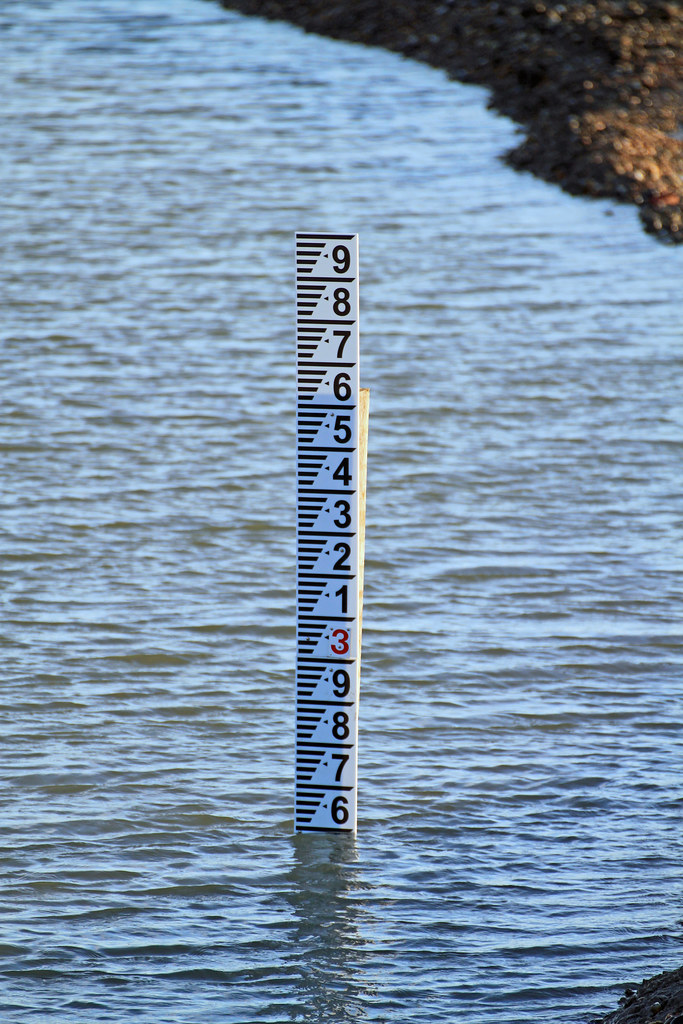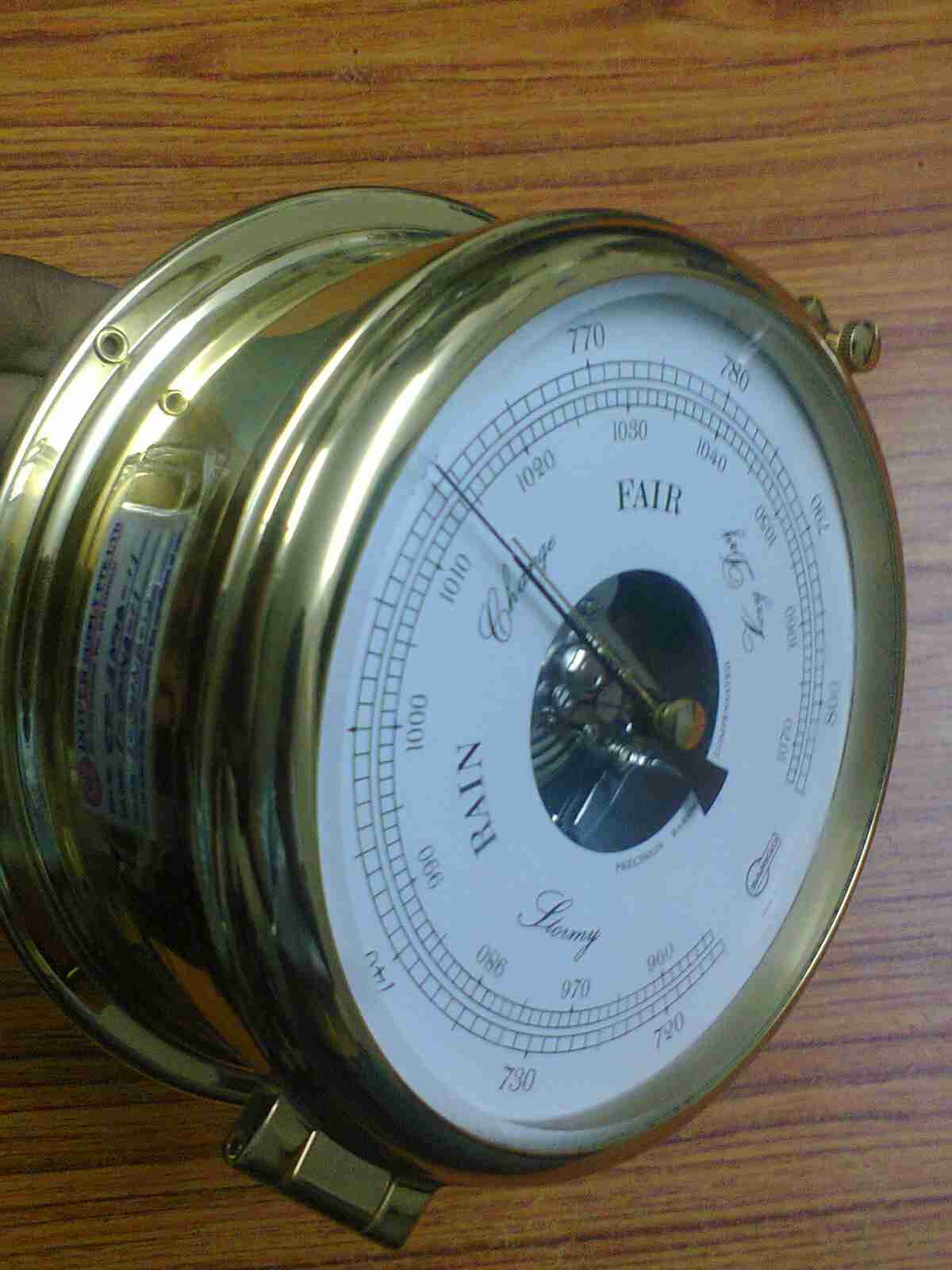
(Photo courtesy of K. Zeigler.) Electric sounder (electric depth gauge)Īn electric sounder (or depth gauge) is a more convenient method for measuring water levels. Using a steel tape in an irrigation well in Union County. A 500-ft (left) and 300-ft (right) steel tape. After the tape is reeled back up, the water level is determined by subtracting the length of the tape that was submersed in water (and is therefore wet) from the total length of tape inserted in the well.įigure 1. The tape is then inserted into the outer casing and lowered down until the end of the tape is below the expected water table (Figure 2). Before lowering the tape into the well, the lowest 8–10 ft of the tape is lightly coated with chalk to show where the tape has gotten wet. A 300-ft tape costs about $700 and a 500-ft tape can be over $2,000, and both are specially calibrated to account for the stretch of the tape as it is lowered into the well. The instrument consists of a 300- or 500-ft specifically designed steel measuring tape that can slide past pumps, cables, sucker rods, and other items inside a well casing without getting stuck on anything (Figure 1). Measuring water levels in your well using metal tape is very accurate for water levels down to 500 feet or more. For a higher-resolution record of your water table, small data loggers (also called transducers) can be installed that can record the water level hourly, daily, weekly, etc. The most commonly used instruments are 1) a graduated steel tape and 2) electric sounders (electric depth gauges). There are two basic ways to measure the water level in a well. Significant declines in your local water levels can be the result of a number of factors, such as over pumping (pumping the well at a rate that exceeds the capacity of the local aquifer to yield water) and/or depletion of the aquifer(s) the well is drawing water from. As a well owner, it is a good practice to keep a record of water levels of your well over a few years to observe the short- and long-term behavior of your local water table. Taking water level measurements on a regular basis (annually or biannually) will let you know if your water levels have changed substantially. Measuring the static water level in a well or group of wells is a good way to assess groundwater supply, and regular monitoring allows users to detect potential problems early and implement water conservation strategies as needed. The two well water measurements that should be taken on a routine basis are: This information also allows users to make informed decisions about range and crop management practices and be in a much better position to plan for the future of their groundwater Luchschen | Dreamstime What Measurements Should Be Taken? Being proactive and knowledgeable about the quantity and quality of your well water allows you to detect problems early and implement corrective measures. That is why regular monitoring of water wells is so important. Implementing a well monitoring program can help identify changes in water supply and quality before they become serious problems. For residents who rely on well water, knowledge about water levels, whether the groundwater is recharging, and the quality of the well water allows them to make more informed decisions about their domestic and land management practices. In New Mexico, as in other arid and semi-arid regions of the country, few factors are more critical to farming and ranching operations than water quantity and quality. ( Print Friendly PDF) Why Monitor Your Well Water?


Well depth gauge professional#
Guide M-118 Rossana Sallenave, Kate Zeigler, and Amy Ganguli College of Agricultural, Consumer and Environmental Sciences, New Mexico State UniveristyĪuthors: Respectively, Extension Aquatic Ecology Specialist, Department of Extension Animal Sciences and Natural Resources, New Mexico State University (NMSU) Professional Geologist (AIPG), Zeigler Geologic Consulting, LLC and Associate Professor, Department of Animal and Range Sciences, NMSU.


 0 kommentar(er)
0 kommentar(er)
